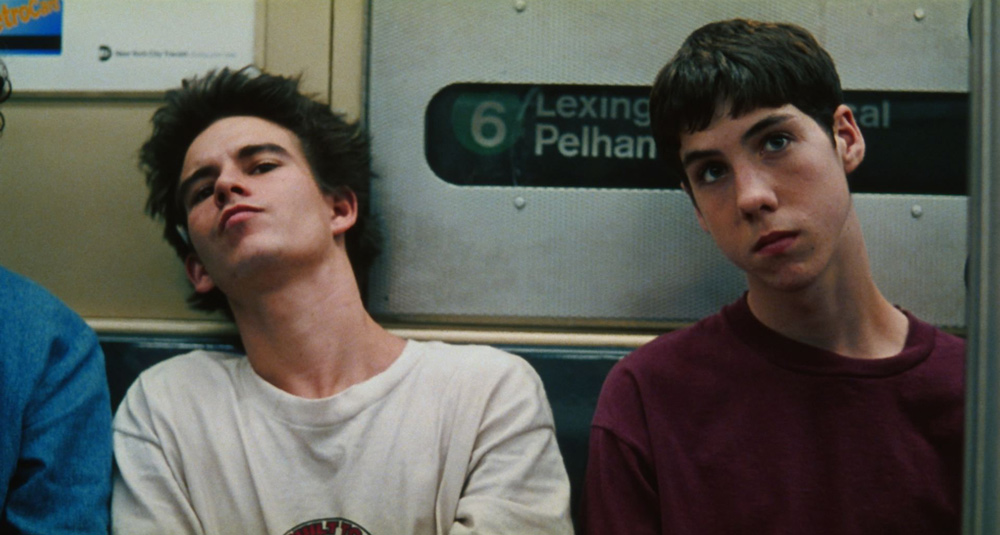
(C) 2018 Filmverlag Fernsehjuwelen. All rights reserved.
``Kids'' The light and shadow of American youth culture captured by legendary photographer Larry Clark
2020.06.21
Legendary photographer Larry Clark
Larry Clark was born and raised in Tulsa, Oklahoma in 1943. He went to military service at the most impressionable age, and after returning home, he spent his days addicted to drugs, as if to make up for the time he had lost. In the midst of all this, he continued to take pictures of his friends, who were addicted to sex, drugs, and violence, from 1963 to 1971.
In 1971, he published his first photo book, " Tulsa ." Despite the first print run of less than 500 copies, the raw images of teenagers he captured shocked the world and made Larry Clark's name known. After a period of hiatus, he reappeared in 1983 with his second work, "Teenage Lust," which confronted the desires of young people with impact and earned him decisive acclaim.
His overly direct depictions were met with mixed reviews, but his pure impulse to deeply connect with his subjects and continue to take pictures absentmindedly, in an attempt to recapture his lost youth, attracted attention. His lack of production also spurred his recognition as a legendary photographer by the 1990s.

“Kids” (C) 2018 Filmverlag Fernsehjuwelen. All rights reserved.
It was at this time that the film "Kids" was released. It is a shocking film that depicts the true lives of teenagers, with a skater in New York, far from his hometown of Tulsa. It was bound to be a hot topic.
This was in the early 1990s, when HIV infection was a global threat. Keith Haring died in 1990, Freddie Mercury in 1991, the Act Against AIDS (AAA) concert was held in 1993, and Tom Hanks won the Academy Award for Best Actor for his role as an HIV patient in the film Philadelphia (1993). This was a time when HIV was attracting attention from people all over the world.
Another important factor was that the film's social nature became a hot topic, and it became a subject of healthy criticism rather than being swept away by the impact of its direct depictions.

